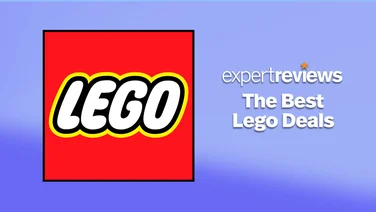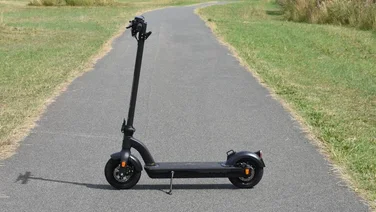To help us provide you with free impartial advice, we may earn a commission if you buy through links on our site. Learn more

Gamers always want the fastest possible cards, while most of us are happy with the capable graphics chipsets that are integrated into many motherboards. This leaves cheaper graphics cards, such as Nvidia’s new GT 430 chipset, in an awkward position. However, this passively-cooled Zone edition from Zotac could be ideal for media centre PCs.
The card is dominated by a large passive heat sink. This means there’s no whiny little fan, but you will still need good airflow in your PC chassis to dissipate the heat produced. The heat sink curves over the top of the card a little. It shouldn’t block neighbouring cards, but the added height does mean this card won’t fit in slender cases. Unusually for a passive card, this one requires dual slots; but being low powered it doesn’t need a separate power connector. Those with very slender cases, can buy half-height cards with fans for around the same price.
The GT 430 chipset is the first truly new sub-£100 design we’ve seen from Nvidia in years. It’s based on the same architecture as other 400-series cards, such as the GTS 450 we tested last month. It has been cut right back, though, with only 96 stream processors – half the number of the GTS 450.
This card has a core clock speed of 700MHz, though fan-based versions from many manufacturers run at 730MHz. There’s a generous 1GB of memory fitted, but it’s only DDR3 rather than the quicker and more expensive GDDR5 used on many cards. It runs at a respectable 800MHz, there’s a narrow 128-bit bus, but this shouldn’t restrict a low-end card like this.
Despite its limitations the GT 430 is a capable card – in the right circumstances. Our initial testing showed that it struggled at modern desktop resolutions, scoring only 13.5fps in Crysis at 1,680×1,050. Reducing the resolution to the 1,360×768 of most LCD TVs and dropping anti-aliasing to 2x gave us 40.1fps in Call of Duty 4. These settings produce a sharper image than current games consoles, and show the GT 430 is acceptable for occasional console-style gaming.
Graphics cards aren’t just for gaming, though. With Nvidia’s CUDA platform you get application acceleration, which will speed up tasks like video encoding – though only in supported programs. Smooth HD video playback is a given now for any modern graphics card, and the vast majority of integrated chipsets too. There is 3D support too, thanks to the card’s HDMI 1.4a output.
The GT 430 is a useful little media centre card, though it’s not most powerful on offer. If you want to play the odd game, and want a passive card today, then we’d recommend hunting down a Sapphire Radeon HD 5670 Ultimate instead; it costs a little more but performance is improved by up to 50%.






